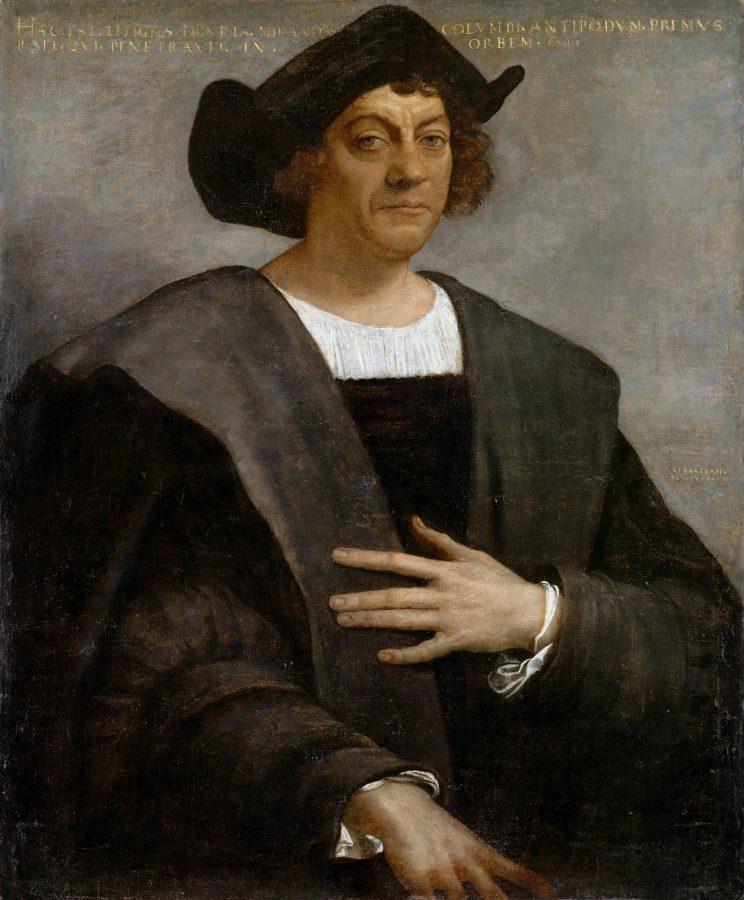By MARCOS WANG
Staff Writer
Discovering America. These two words would immediately invoke in most students two other words: Christopher Columbus. Or if you like to nitpick, Cristoforo Colombo, the name of the Italian navigator who sailed the sea blue and was supposedly the first to “find” America. But he was not the first European to reach the land of opportunity, nor did he make any discovery, since the natives were already present, just as the Vikings, led by Leif Erickson, were there long before him. Although this information isn’t shocking or new to most high school students, we still think of Columbus when we think of the “discovery” of America, and we still have a holiday for him. Why? Though he still made a great contribution to Europeans by reporting his discoveries, leading to the colonization and creation of what would later become the country of America, he didn’t prove the world was round, contrary to what teachers (in general – UHS teachers are pretty good about accuracy) might say. He also was responsible for the enslavement and murder of countless natives, yet we’re also only taught about those details later on, leaving Columbus to be perceived far more positively than he should be. So why do we engage in such a practice? Why teach wrong information only to reteach the right information later?
The main two arguments for initially teaching wrong information would be that it makes understanding easier at first, so that the full story can be taught once the students are mature enough to process more complex information and handle darker subjects, such as the aforementioned mistreatment of the natives, as well as the fact that Thanksgiving is nearly entirely a lie, as the pilgrims were violent and racist zealots who wanted the natives eliminated. This argument seems flimsy, as many children who learn the wrong stories in middle school are able to understand them with no difficulty. Leif Erickson’s story of his brief travels to America isn’t much to add to the story of America’s “discovery.”
Furthermore, the argument that teaching the truth creates confusion goes both ways, as having to relearn an idea after being told that your original understanding was a complete lie should be just as hard, if not harder, than learning the correct concept the first time.
The other argument claims that because we still use the same textbooks, we can’t change what we teach. Yet teachers can always give such information on the side.
Again, this is an observation about American education as a whole not an accusation at UHS specifically, but perhaps the biggest problem is simply the fact that, in a way, we’re being lied to. Teachers are meant to be role models of exemplary adults. After all, one of their main goals is to teach students to become adults, and integrity is an immense part of that process. But if we’re being lied to, even if for our own benefit or over something insignificant, then that image of a role model is changed. After all, you should practice what you preach, but those who told us not to lie have taught us lies for years.
The lies we’re taught in school
December 4, 2018
0
Donate to Sword & Shield
$180
$1000
Contributed
Our Goal
Your donation will support the student journalists of University High School. Your contribution will allow us to purchase equipment and cover our annual website hosting costs.
More to Discover














